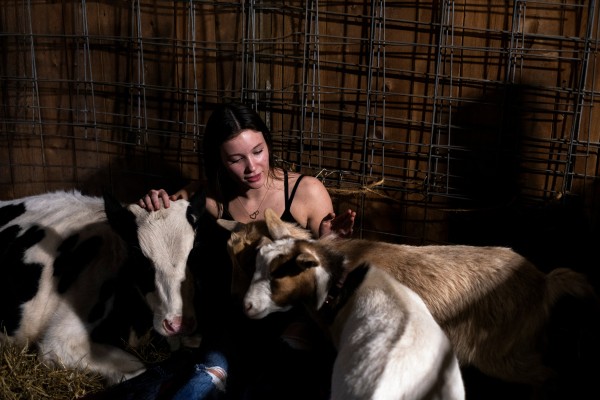CHICAGO/WASHINGTON: Officials confirmed a second human case of bird flu in Michigan on Wednesday. In April, officials confirmed a Texas dairy worker was infected.
The infection of a dairy worker in Michigan expands the outbreak of the virus that has circulated in poultry for years. The U.S. Centers for Disease Control and Prevention (CDC), however, said the risk to the general public remains low.
A Michigan farmworker has tested positive for the bird flu virus, the second such case in the U.S. since the beginning of the current outbreak. https://t.co/uWKd3YXDHM pic.twitter.com/HQI5I3Et3M
— WebMD (@WebMD) May 22, 2024
The CDC said it has not seen evidence of human-to-human transmission of bird flu so far. It has tested close to 40 people since March, including the Michigan worker. All those tested were connected or exposed to a dairy farm, the CDC said.
Michigan and Texas are among nine states that have reported bird flu in dairy herds. Scientists believe the outbreak is more widespread. U.S. Food and Drug Administration found H5N1 virus particles in about 20% of retail milk samples.
The U.S. Department of Agriculture (USDA) said it believes unpasteurized milk is the primary vector for transmitting the virus among cows, though officials do not know exactly how it spreads.
Similar to the Texas case, the patient in Michigan only reported eye symptoms and recovered.
The worker had regular exposure to livestock infected with bird flu. The leading hypothesis is that the case was a result of cow to human transmission, according to CDC.
But influenza experts said the second case associated with exposure to dairy cattle was concerning.
“It is worrisome that the virus is spreading widely in cows because this can lead to changes in the virus that could potentially increase human susceptibility,” said Scott Hensley, an influenza vaccine expert at the University of Pennsylvania.
Bird flu has caused serious or fatal infections globally among people in close contact with infected wild birds or poultry, and scientists have long viewed the virus as being capable of causing a global health crisis.
To limit transmission in cattle, the USDA started requiring dairy cows to test negative before shippers transported them across state lines in late April.
Last week, the U.S. government started the process of manufacturing about 4.8 million doses of vaccine matched to the currently circulating strain of H5N1. Dawn O’Connell, assistant secretary for preparedness and response at HHS said this “further strengthens our preparedness posture.”
(REUTERS)
In a career spanning three decades and counting, Ramananda (Ram to his friends) has been the foreign editor of The Telegraph, Outlook Magazine and the New Indian Express. He helped set up rediff.com’s editorial operations in San Jose and New York, helmed sify.com, and was the founder editor of India.com.
His work has featured in national and international publications like the Al Jazeera Centre for Studies, Global Times and Ashahi Shimbun. But his one constant over all these years, he says, has been the attempt to understand rising India’s place in the world.
He can rustle up a mean salad, his oil-less pepper chicken is to die for, and all it takes is some beer and rhythm and blues to rock his soul.
Talk to him about foreign and strategic affairs, media, South Asia, China, and of course India.





